2014 Indian Chief Classic Giveaway
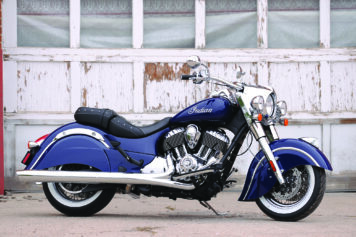
The team over at eBay Motors are running a sweepstakes until the 14th of April, the first and second prizes are a Cadillac CTS…

The team over at eBay Motors are running a sweepstakes until the 14th of April, the first and second prizes are a Cadillac CTS…
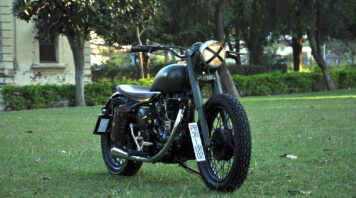
Bambukaat Motorcycle Customs is a new custom workshop based in Rupnagar, India. The bike you see here is their first effort, it started…
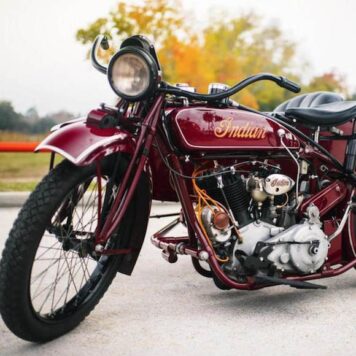
On Christmas Eve each year we try to feature something genuinely remarkable, for those of you who’ve come to Silodrome to escape a Christmas…
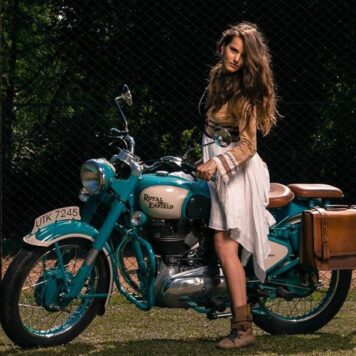
“Old Delhi Motorcycles” is a brand new film from the talented crew at Colorblind Production, it covers the stories of the rabidly loyal fans…
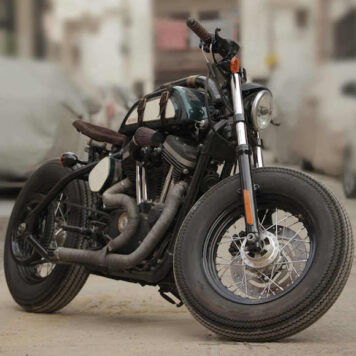
It isn’t everyday we get an email from a new custom motorcycle builder based in India, despite the fact that the country has a…
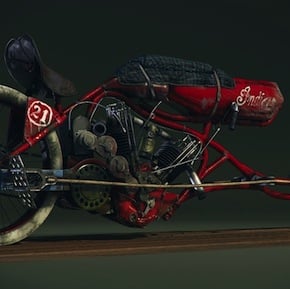
This 1915 Indian Board Tracker might look a little bit like nothing you’ve ever seen before, that’s largely due to the fact that it’s…

This 1924 Indian Scout V-Twin is actually an amalgamation of the best parts from three separate 1924 Indians, each of which was a basket…

‘But I was going with a girl who began to hate the cycle – just hated riding in the bumpy sidecar. She told me, “Either the cycle goes or I go!” ‘Well, there was no contest. She went.’
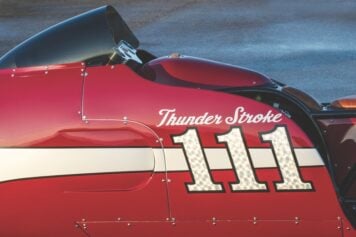
The Spirit of Munro is a salt lake racer built as a hat tip to legendary motorcycle racer, Burt Munro. Munro’s original streamliner was based on a 1920 Indian motorcycle, the bike was ancient by the time he set his last record (at 47 years old), it’s a staggering testament to his abilities as an engineer that he was able to set so many records with it, including the under-1000cc world record which still stands today.
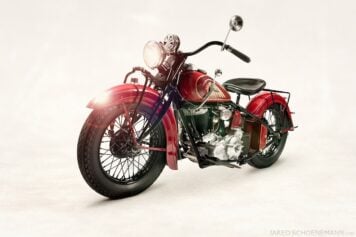
The 1938 Indian Chief incorporated a number of improvements over the 1937 model, the engineers at Indian worked on refining each model year as best they could and so the 1938 Chief had dozens of these small improvements.

For those of you who didn’t know, a “Silodrome” is actually a Wall of Death, a huge silo shaped chamber in which stuntmen (and women) ride around the walls at speeds high enough to create G-forces higher than gravity. This allows them to ride at a 90 degree angle to the ground whilst generally goofing around almost never dying.
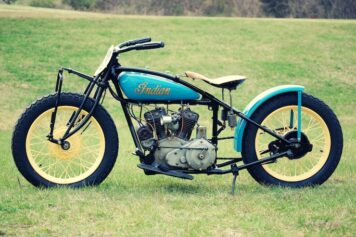
The Indian 101 Scout was produced between 1928 and 1931, it was the successor to the previous Scout model that began production in 1920 but the 101 had been fully reworked from the ground up by Charles Franklin, the senior Indian engineer and former motorcycle racer responsible for the original Scout.